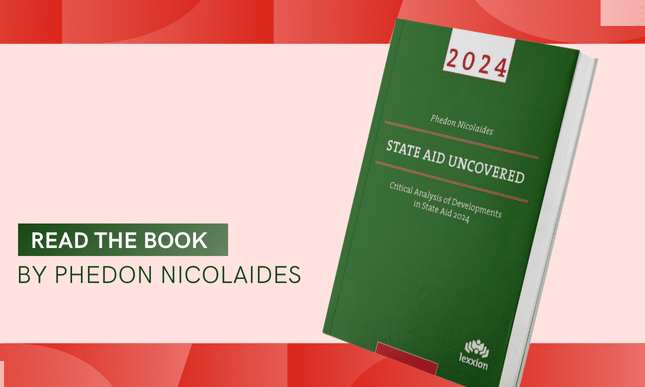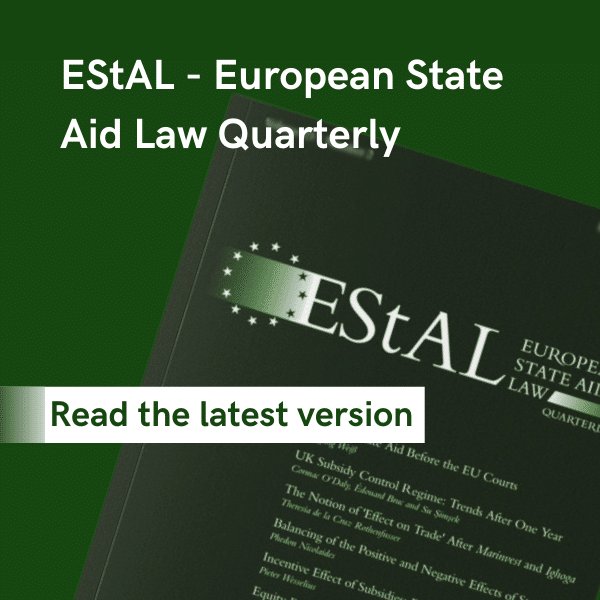
Different valuation methods do not confer a selective advantage if they generate similar results.
Introduction
Land or immovable property has no intrinsic value. Its value depends on how the land or property is used. In turn, how it is used is determined by several factors such as its location, and the applicable zoning rules. A plot of land in an urban area is worth more than a similar plot in a rural area because there are more and richer consumers in urban areas so that a shop there can generate more income than a similar shop in a rural area.
But, when land surveyors value land or buildings they do not necessarily carry out complex calculations about the prospective income that land or buildings can generate. The standard approach to valuation of immovable property is a comparison of recent sale prices or rent rates of similar plots or buildings. However, the comparative method does not generate reliable results when sales are infrequent, when plots are dissimilar or when buildings are put to very different uses. Then other methods must be employed each of which may produce different results.
Property taxes do not fall within the scope of Article 107(1) TFEU if they are levied in a non-discriminatory manner. Normally property taxes are levied as a percentage of the value of the land. If, however, the value is calculated on the basis of different methods, then State aid may be granted even if the tax rate is the same. This is because different methods may not be equivalent and may widen or reduce the tax base [i.e. the value of the land].
On 17 November 2022, the Court of Justice, in case C578/21 P, Irish Wind Farmers’ Association v European Commission, examined whether the Commission had correctly concluded that different land valuation methods were equivalent.
Background
The Irish Wind Farmers’ Association [IWFA] appealed against the judgment of the General Court of 7 July 2021, in case T680/19, Irish Wind Farmers’ Association v European Commission, by which the General Court dismissed its action for annulment of Commission decision SA.44671. In that decision, the Commission concluded that no State aid had been granted to producers of electricity generated from fossil fuel and rejected the complaint from IWFA that those electricity producers had benefitted from business rates [i.e. property taxes] that were lower than those levied on producers of electricity from other sources of energy and especially wind.
The business rate is a tax that is levied annually on non-domestic and business properties in Ireland. Its aim is to generate revenue to offset the costs of services provided by local authorities. The amount of the rate is calculated on the basis of the net annual value [NAV] of property used for commercial purposes. In this case, the NAV of property essentially means the annual amount of the rent which can reasonably be expected from letting that property.
Properties are assessed by the Valuation Office of Ireland [VOI]. The VOI has three methods for determining the NAV of property: i) The “rental” method, ii) the “tone of the list” method and iii) the “contractor’s” method. A fourth method has been developed in the Irish case-law, which is known as the “receipts and expenditure” method. This fourth method applies to properties that are seldom let or are difficult to replicate.
The IWFA had complained to the Commission that the valuation method used by the VOI for the purposes of determining the NAV when calculating business rates in Ireland conferred an advantage to electricity generation from fossil fuel. The NAV for the latter was assessed according to the contractor’s method while for wind farms the NAV was assessed according to the receipts and expenditure method which resulted in higher business rates.
In July 2019, the Commission adopted the decision at issue, by which it considered that the various valuations methods did not entail any economic advantage or a selective advantage and, therefore, did not constitute State aid.
The Commission reached that conclusion on two grounds. First, the different valuation methods produced similar results and there were no systematic differences between them. Therefore, no advantage was conferred. Second, the use of a different method by the VOI was not selective because the chosen method was dictated by the availability of relevant information.
When must the Commission open the formal investigation procedure?
The appellants argued that the Commission should have had doubts about the existence of State aid and should have opened the formal investigation procedure.
Before, the Court of Justice responded to that argument, it recalled the legal principles concerning the obligations of the Commission at the stage of the preliminary examination of an aid measure.
Accordingly, “(53) the procedure under Article 108(2) TFEU is essential whenever the Commission has serious difficulties in determining whether aid is compatible with the internal market. The Commission may therefore confine itself to the preliminary examination under Article 108(3) TFEU when taking a decision in favour of aid only if it is able to satisfy itself after the preliminary examination that that aid is compatible with the internal market. If, on the other hand, the initial examination leads the Commission to the opposite conclusion or if it does not enable it to overcome all the difficulties involved in determining whether that aid is compatible with the internal market, the Commission is under a duty to obtain all the requisite opinions and for that purpose to initiate the procedure provided for in Article 108(2) TFEU”.
“(54) As the concept of ‘serious difficulties’ is objective in nature, proof of the existence of such difficulties, which must be looked for both in the circumstances in which the decision was adopted after the preliminary investigation and in its content, must be furnished by the applicant seeking the annulment of that decision, by reference to a body of consistent evidence”.
“(55) Accordingly, it is for the EU Courts, […], to determine whether the assessment of the information and evidence which the Commission had at its disposal during the preliminary investigation phase of the national measure at issue should objectively have raised doubts as to the categorisation of that measure as aid, given that such doubts must lead to the initiation of a formal investigation procedure”.
“(56) In addition, the lawfulness of a decision at the end of the preliminary examination procedure such as that referred to in Article 4(2) of Regulation 2015/1589 falls to be assessed by the EU Courts, in the light not only of the information available to the Commission at the time when the decision was adopted, but also of the information which ‘could have been available’ to the Commission, which includes information which seemed relevant and which could have been obtained, upon request by the Commission, during the administrative procedure”.
“(57) The Commission is required to conduct a diligent and impartial examination of the measures at issue, so that it has at its disposal, when adopting the final decision establishing the existence and, as the case may be, the incompatibility or unlawfulness of the aid, the most complete and reliable information possible for that purpose”.
“(58) Although it may be necessary, […], for the Commission to go beyond a mere examination of the facts and points of law brought to its notice, it is not however for it, on its own initiative and in the absence of any evidence to that effect, to seek all information which might be connected with the case before it, even where such information is in the public domain”.
“(59) Thus, the mere existence of a potentially relevant piece of information of which the Commission was not aware and which it was not required to investigate, in the light of the pieces of information that were actually in its possession, cannot demonstrate that there were serious difficulties obliging the Commission to initiate the formal investigation procedure”.
The above principles apply both to cases of compatible aid and to cases of no aid.
Should the Commission have opened the formal investigation procedure in view of the complexity of the valuation methods?
Then the Court of Justice applied those principles to the present case and concluded that the Commission assessed the measures diligently and took into account all relevant information.
In particular, the Court of Justice responded to the argument of the appellants that the technical complexity of the various valuation methods was evidence of the existence of serious difficulties justifying the initiation by the Commission of the formal investigation procedure.
The Court explained that “(88) although the complexity of an aid measure is one of the circumstances specific to a case which are capable of justifying a long duration of the preliminary examination phase, such complexity does not mean that the Commission must, in any event, initiate the formal investigation procedure, as that institution may discuss technical issues with the Member States during the preliminary procedure in order to overcome any difficulties encountered”.
“(89) Furthermore, the appellants have not shown that it was impossible for the Commission to overcome, particularly by means of the information obtained from the Irish authorities, any technical difficulties which it might have encountered during the preliminary examination procedure.”
Conclusions
Although the arguments in this case revolved mostly around procedural issues, the underlying problem was the use of different valuation methods by the Irish authorities. The use of different methods immediately raises concerns of unequal treatment.
However, the Court of Justice implicitly concurred with the findings of the General Court on two important points. First, the use of different methods does not amount to a selective treatment if the different methods produce similar results so there is no systematic bias in favour or against any particular type of property or undertaking.
Second, the use of different methods cannot be random. It must be justified. A justification that was accepted by the Commission and both courts was presence or absence of relevant information. The use of a different method is justified when available data do not permit the application of the same method to all properties.
Spain – the Member State concerned – could offset the increase with reductions in other sectors. But what would happen if this kind of remedial action could not be taken?
The full text of the judgment can be accessed at:



